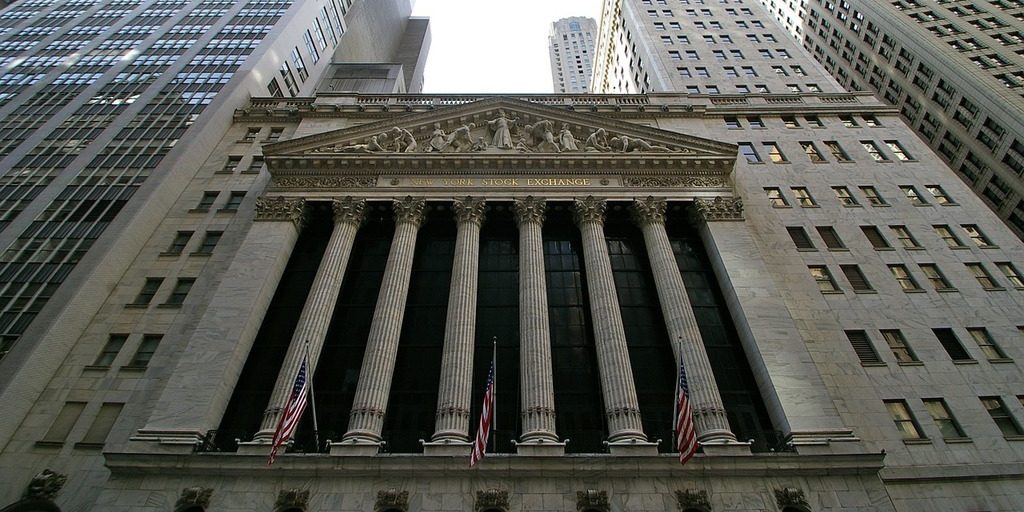2008: The forgotten crisis
In the autumn of 2007, the world entered into a financial crisis so severe that it altered the structure of the global economy as we know it.
This is a well-known story. The Global Financial Crisis (GFC) formed the baseline of how many of us learned about politics, economics, and the world around us. However, as war, pandemics, and famine run rampant in the annals of history and across everyone’s news feeds, now may be the time to acknowledge the cultural burnout the general population is experiencing from constantly living through ‘unprecedented times’.
With the pace of bad news only accelerating in its delivery, is it possible that “the worst financial crisis since the Depression” has been forgotten by the general public of today? I’m not so sure.
Most people will have seen the discussion of ‘recession indicators’ while scrolling on their social media of choice (Reels users unite). These include discussions of measuring cultural shifts due to recessions, such as the lipstick and hemline indexes. Both of these cultural indicators demonstrate how people’s behaviours change when confronted with economic instability. The hemline index posits that as economies experience periods of success, women’s skirt and dress hemlines shorten, whereas the opposite occurs in times of economic turmoil. This index was popularised after the Great Depression and has been used, albeit somewhat anecdotally, to explain changing trends in women’s fashion.
One of the facets of culture derived from the GFC that is deeply compelling is the yearning that people seem to have for ‘recession pop’
The lipstick index emerged far more recently, in the post-GFC era, it was surmised that people were less willing to save up for and spend on larger, more expensive luxuries. Instead, consumers’ preferences were aligned with making smaller, feel-good, luxury purchases such as lipstick. Though this could be seen as a somewhat simplified version of the economic ‘income effect’ theory, this permeation of economic analysis into the forefront of regular people’s lives suggests a significant impact of the GFC on perceptions of financial decision-making.
Though the analysis of people’s behaviour in response to the somewhat turbulent economic situation we find ourselves in now is a new favourite topic amongst influencer-anthropologists, there are some lighter callbacks to what people consider to be recession indicators. One of the facets of culture derived from the GFC that is deeply compelling is the yearning for ‘recession pop’. This was the genre of music that emerged in response to the crisis. Think 2007-2012, think Kesha, think LMFAO, think a call to be young, wild, and free tonight at the club. These artists echoed the feelings of a generation that had to live and thrive despite financial constraints.
For many of the current generation at universities across the world, this was the music that soundtracked our childhoods, and there seems to be a significant interest in its apparent return. ‘Pop music is so back’ – a sentiment echoed online with the prominence of artists like Charlie XCX, whose songs championed the indulgence and hedonism of early recession pop in her 2024 album Brat. Lady Gaga, Kesha, and even Katy Perry are back (well, some more than others). Are we returning to the era of music that ushered us through the darkest economic chapter in our collective memory?
Surely, the fact that these trends, which were conceived during the GFC, continue to re-emerge in the cultural zeitgeist over and over again indicates the significant indentation the crisis has impressed upon Western society.
Financial crises undermine the authority of regulatory bodies as they are perceived to emerge due to failures of ‘the ruling class’. This pushes people towards more radical solutions and parties
It becomes even more difficult to understand the notion of distance from the GFC when we look at the current political landscape. I don’t believe there is any way to discuss this briefly, but it does need to be said that the UK has reached startling levels of political polarisation.
Some of Caixabank’s research presents clear evidence that financial crises catalyse radical shifts in political opinions. This polarisation arises via three channels: the loss of trust in economic and political institutions, emerging debt conflicts, and rising inequality.
Regarding trust, financial crises undermine the authority of regulatory bodies as they are perceived to result from failures of ‘the ruling class’. This pushes people towards more radical solutions and parties. Debt conflicts and rising levels of inequality further push struggling people towards polarisation in search of remedies that haven’t been provided by more moderate governance.
Indeed, the acute impact of the GFC in the UK has likely informed the talking points and attitudes that have enabled Tommy Robinson, Reform, and the waves of anti-immigrant sentiment to establish themselves. The financial conditions that squeezed much of working-class Britain have left a vacuum that the far-right has filled, and the ramifications of the crisis on people have been scapegoated onto the UK’s immigrant populations.
I believe we may have been distracted by calamity upon calamity for so long that perhaps the public consciousness has forgotten what it felt like to be in the throes of the Global Financial Crisis
Despite there being much more nuance to this discussion, we can therefore see the GFC as a significant factor that has led to just the right political climate where even more left-leaning political parties are being pulled rightwards. Indeed, our own Prime Minister was able to describe the UK as at risk of becoming ‘an Island of Strangers’ if immigration is not checked while in office.
Ultimately, I believe we may have been distracted by calamity upon calamity for so long that perhaps the public consciousness has forgotten what it felt like to be in the throes of the Global Financial Crisis. I do not, however, think we could have forgotten it altogether, as that would mean forgetting one of the driving forces behind much of the social, political, economic, and popular culture we see today.

Comments